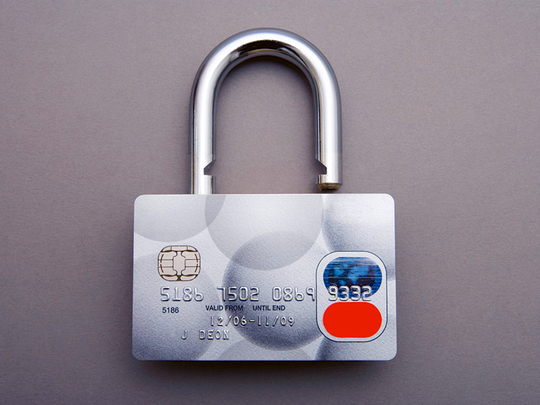
We all need and use plastic regularly, as they offer us an easy and convenient way of making payments for goods. The reality, however, is that cybercrime is a genuine threat — one we must acknowledge and take seriously. The steps below can assist you in avoiding fraudulent transactions and enjoying the consumer experience better.
Card access
Don’t give your card to anyone. While this is obvious, the rule is actually hard to follow in some common scenarios. You may give your card to a waiter in a restaurant to be processed somewhere in the back office. To avoid possible misuse, insist on keeping your card in sight, for example, follow a waiter to the cash desk. This is especially important when using your card abroad.
Unsafe use
Don’t use your card in unsafe places — one of the biggest threats is street ATMs and cash machines in less-surveilled public spaces. There is a possibility of skimming, which is an attempt to record your card details and PIN code to produce a duplicate. You may also want to limit card usage in small shops and other places with outdated equipment.
PIN security
Never give out your PIN code. No one has the right to ask for it. Don’t write your PIN code down. If you fear forgetting it, use a special password manager for your smartphone. When keying in your PIN on an ATM or point-of-sale terminal, cover the keypad with the other hand. Don’t let anyone stand too close and watch you. If you suspect your PIN is stolen, call your bank immediately. Report any trouble from a lost card to sudden unexpected charges. Time is crucial, as fraudsters try to use your stolen card as soon as possible.
Phishing attempts
One very popular criminal tactic involves sending mass mails pretending to be from a big bank, online retailer or online service provider. These emails say that you have to confirm your account or check suspicious withdrawals or confirm expensive delivery, etc. When you click the link, you’ll be taken to the fake website and asked to enter your password or credit-card details. Never click a link in such emails. Open the corresponding website manually and log in to your account there or call the company directly to confirm the emails first as banks typically never send out emails of this nature.
Secure websites
Only use secure sites when you do online payments or access your bank account. Look for a URL beginning with https:// — that S is for secure. Also keep an eye out for a closed padlock on the web browser’s address bar — by clicking or double-clicking on it you will be able to see details of the site’s security. Use extra caution when using your mobile device for online purchases. Shortened URLs, often used because they are phone-friendly, can hide the fact that they lead to a risky site.
Different passwords
Password security is essential: whether for your email or online bank account, it should be unique and complex for all websites, should be stored in a safe place or with a special password manager solution.
Avoid public Wi-Fi
Don’t use untrusted public Wi-Fi hotspots for confidential transactions like online shopping — public Wi-Fi networks are common places for hackers to sneakily intercept your information. Using a VPN service is a good option.
Security solutions
Use a comprehensive internet security solution on every device — PC, tablet or smartphone — that is connected to your credit card or used for online payments. This will keep you safe from a number of cyberthreats — from phishing to specialised malware such as banking Trojans. For example, Safe Money technology in Kaspersky Lab products serves to protect banking transactions of both home users and corporate solutions by checking the computer for malware, ensuring that the payment site is authentic, and safeguarding transactions.
—The writer is Senior Security Researcher at Kaspersky Lab, Middle East









